The Fallout TV series has arrived, and it’s packed with so many cool Easter eggs and clever nods to the original game series.
Unlike previous Amazon Prime shows, the complete Fallout season was released on its debut day. That’s eight episodes filled with references, Easter eggs, inside jokes, and subtle hidden gems you may have missed during your first viewing.
Let’s get the obvious out of the way. The series is filled, and I mean filled, with classic Fallout memorabilia, like the famous Vault Boy bobbleheads, Nuka-Colas bottles, and the wristband computer known as Pip-Boy. This list will focus on things from the show that are a little less conspicuous.
This is an official spoiler alert; continue reading at your own risk. Let’s dig in!
1) Please Stand By
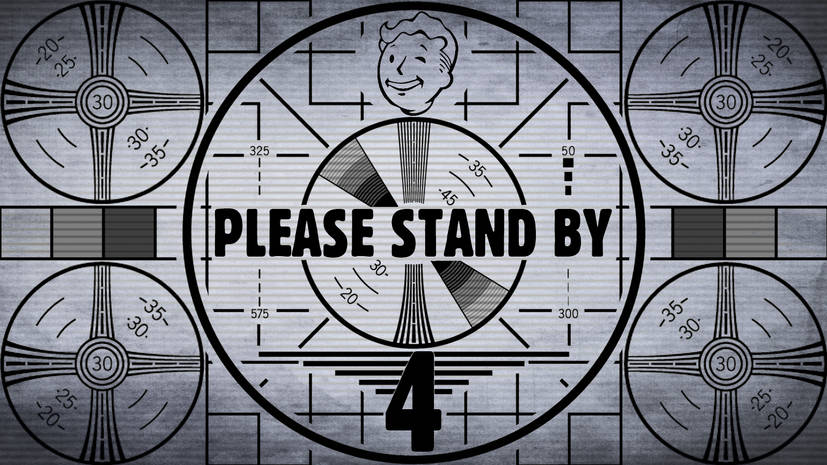
In episode one, Vault 33 is invaded by marauders pretending to be inhabitants of Vault 32. As chaos breaks loose and the attackers ruthlessly slaughter the innocent people of Vault 33, a machine gun shoots down the overhead projector, which gives the vault a nostalgic American country feel and look.
As it breaks down, the beautiful imagery of an old red barn and corn field at sunset disappears and is replaced with the iconic black, white, and grey “Please Stand By” image players will remember from the Fallout games. A foreshadowing of things to come.
2) The Ghoul gets meta
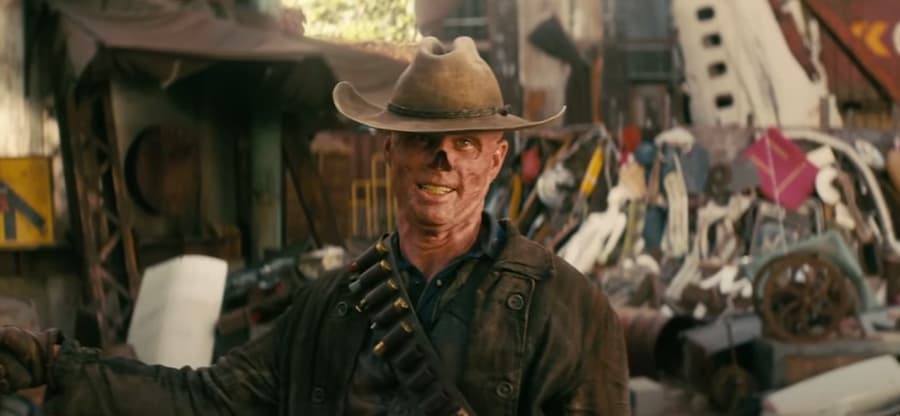
Some, if not many, sidequests of the Fallout game franchise are known to be frustrating, sometimes even confusing. Fallout 76 is infamous for featuring too many quests, resulting in players being unsure about which tasks to prioritize and how to advance. In episode three, one of the show’s most iconic characters—The Ghoul—lets out a small inside joke only fans who have endured the arid and chaotic Wastelands of the franchise will truly appreciate.
The Ghoul uses Lucy as bait in a failed attempt to kill a Gulper monster. In the struggle, Lucy uses The Ghoul’s satchel (containing his humanity-preserving medicine) to defend herself. Without his vital vials, The Ghoul must detour to replenish. When Lucy cites the “Golden Rule” of vault culture, The Ghoul dismissively quips, “The Wasteland’s got its own Golden Rule: ‘Thou shalt get sidetracked by bullsh*t every goddamn time.”
3) Nuke codes
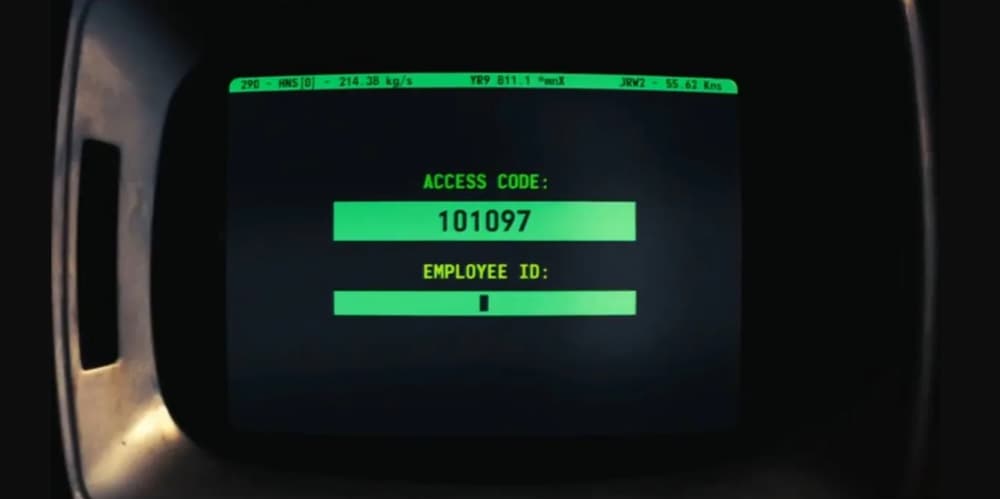
In the gripping finale, there’s a brilliantly sneaky nod to the game’s history when Hank McLean punches in the code 101097 to arm the nukes. It’s more than just a random string of digits—it’s the exact release date of the original Fallout game: Oct. 10, 1997. This isn’t just for show; it’s a crafted tribute that will deeply resonate with fans, tying the dramatic climax back to the moment the Fallout saga really began. It’s these kinds of Easter eggs that demonstrate the creators’ deep reverence for the source material.
4) War never changes
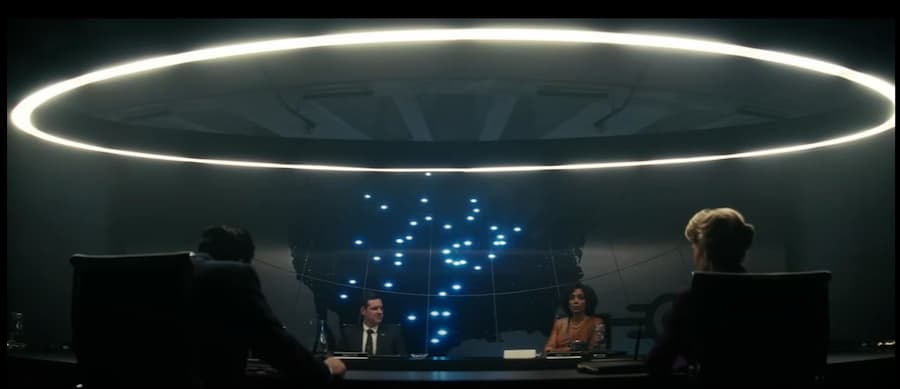
During the final episode, we see the Vault-tech company heads conspiring together in a sinister dark room, one of the board members, Barb, says the famous phrase that has been around since the very first Fallout game: “War never changes.” The nods and references don’t end there. The company representatives spin wild ideas, such as creating super mutant soldiers in a Vault, which is a direct reference to Fallout 3′s Vault 87. Other members suggest psychotropic drugs into the ventilation system, which is a reference to the poor souls of Vault 106, who had gone completely insane. As a side note, this scene pays homage to Stanley Kubrick’s masterpiece Doctor Strangelove, as it is meticulously recreated to look just like it.
5) Kid in a fridge
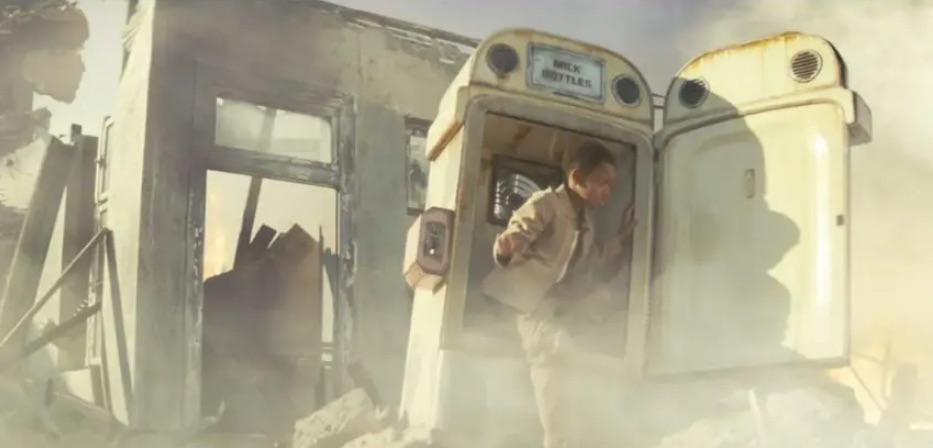
The kid surviving a nuclear fallout by hiding inside a fridge is both a game and cinematic reference. The scene directly alludes to the Kid in a Fridge mission in Fallout 4, where players discover a young boy who miraculously survived the post-apocalyptic world by sheltering inside a refrigerator for 210 years. The radiation of the nuclear fallout gave the kid an unnaturally long life. The mission ends when you reunite the child with his parents, who apparently have been living on the same farm all this time. Many fans consider this mission the most nonsensical of all the sidequests in the Fallout franchise. Additionally, this scene pays homage to a memorable moment from Indiana Jones and the Kingdom of the Crystal Skull, where Indiana himself survives a nuclear blast under similar circumstances.
6) Jim’s Limbs
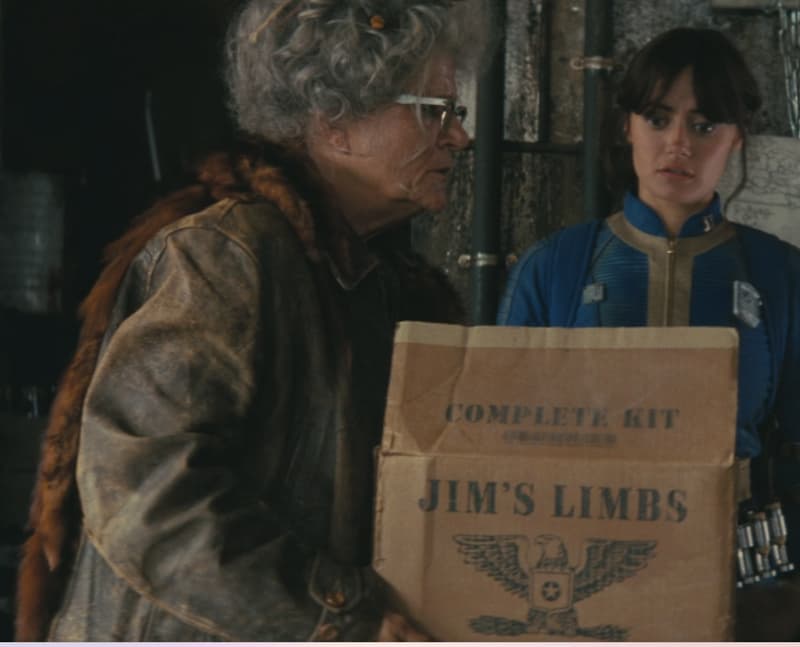
At the end of the second episode of Fallout, Dr. Siggi Wilzig suffers a severe injury, losing a foot and part of his leg in a gunfight with The Ghoul. Shortly after, Ma June steps in to assist. She retrieves a metal foot from a container and attaches it to what remains of Wilzig’s leg. We get a brief glimpse at the box marked as Jim’s Limbs with an eagle on it. The sight of this box also serves as a reminder of Big Jim, a pipe wrench in Fallout 4 known for its accurate and merciless ability to incapacitate an opponent’s leg.
7) Water purification mission
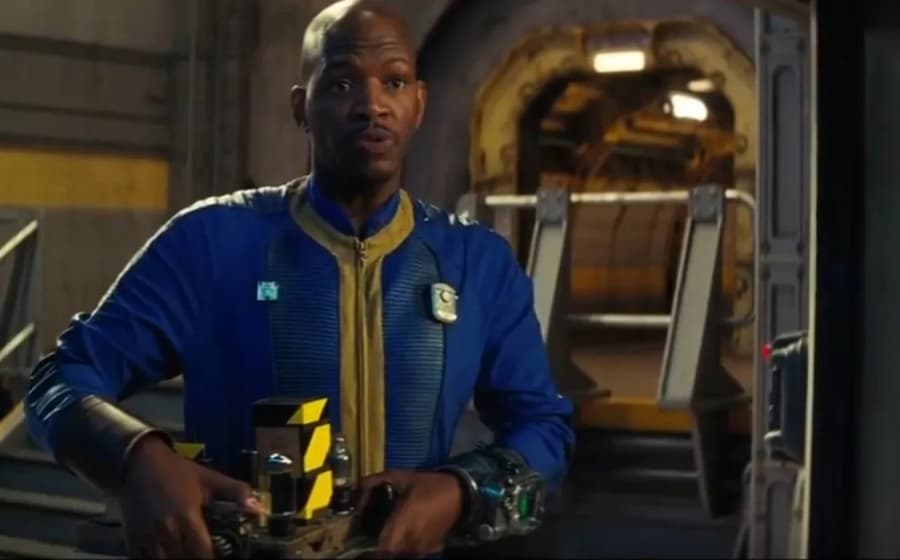
In a nostalgic nod to its roots, the Fallout series reveals the destruction of Vault 33’s water purification chip, mirroring the quest from the game’s 1997 debut. Longtime fans will recall the urgency of this mission, as the original Vault Dweller’s perilous journey to secure a replacement chip sets the stage for the franchise’s post-apocalyptic saga. This clever callback pays homage to Fallout’s beginnings that only hardcore fans will remember.
8) Fallout voice actor homage
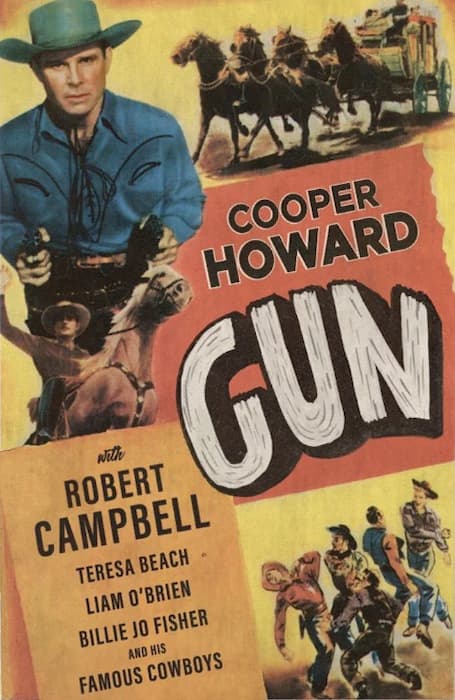
The show pays a fitting tribute to Liam O’Brien, a voice actor whose diverse talents have left a significant mark on the Fallout games. Throughout the franchise, O’Brien’s contributions have brought dozens of characters to life, enriching the post-apocalyptic landscape. His name pops up on a promotional poster of Gun, a made-up cowboy film from the 70s, starring alongside film star Cooper Howard, a.k.a. The Ghoul.
O’Brien’s impressive range and depth are also well-documented on his extensive IMDb profile, showcasing roles in various high-profile games and series such as Death Stranding, The Last of Us Part II, and Star Wars: Jedi Survivor. This homage in the Fallout TV show acknowledges his contributions to the franchise.
The Fallout TV show has enjoyed a largely positive reception from fans and critics alike. Its loyalty to its source material, in addition to its numerous Easter eggs, has fans relishing every moment of the show. It seems that in recent years, film and TV producers have finally gotten the game adaptation to the screen right.


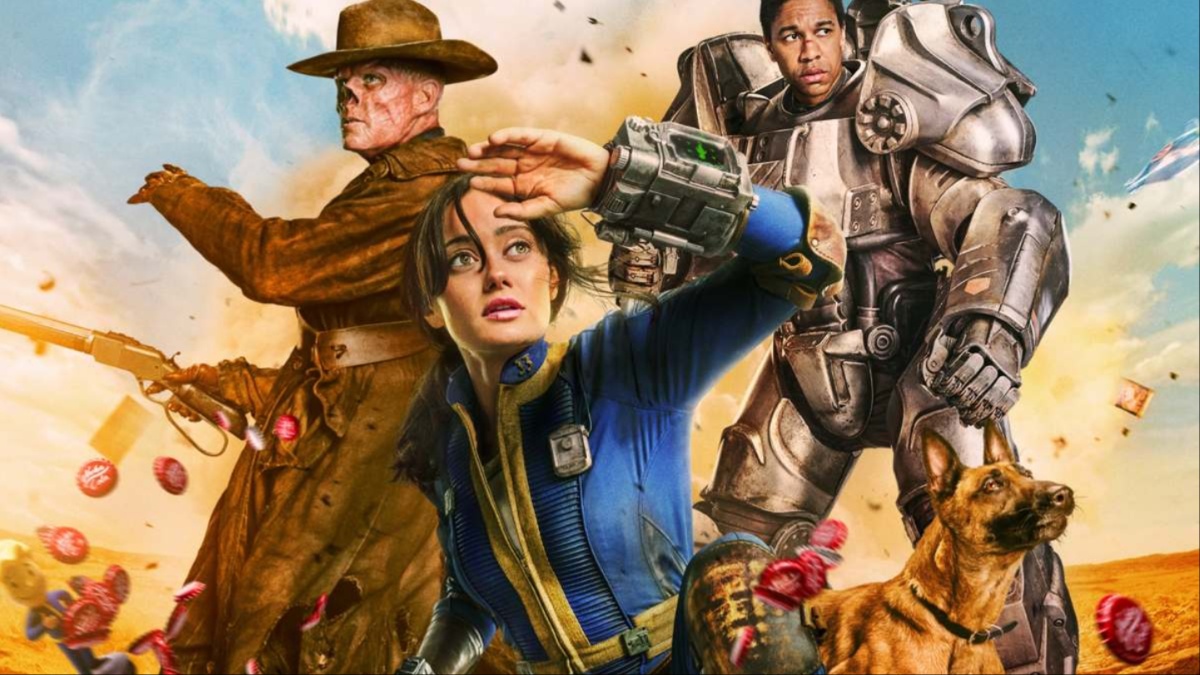
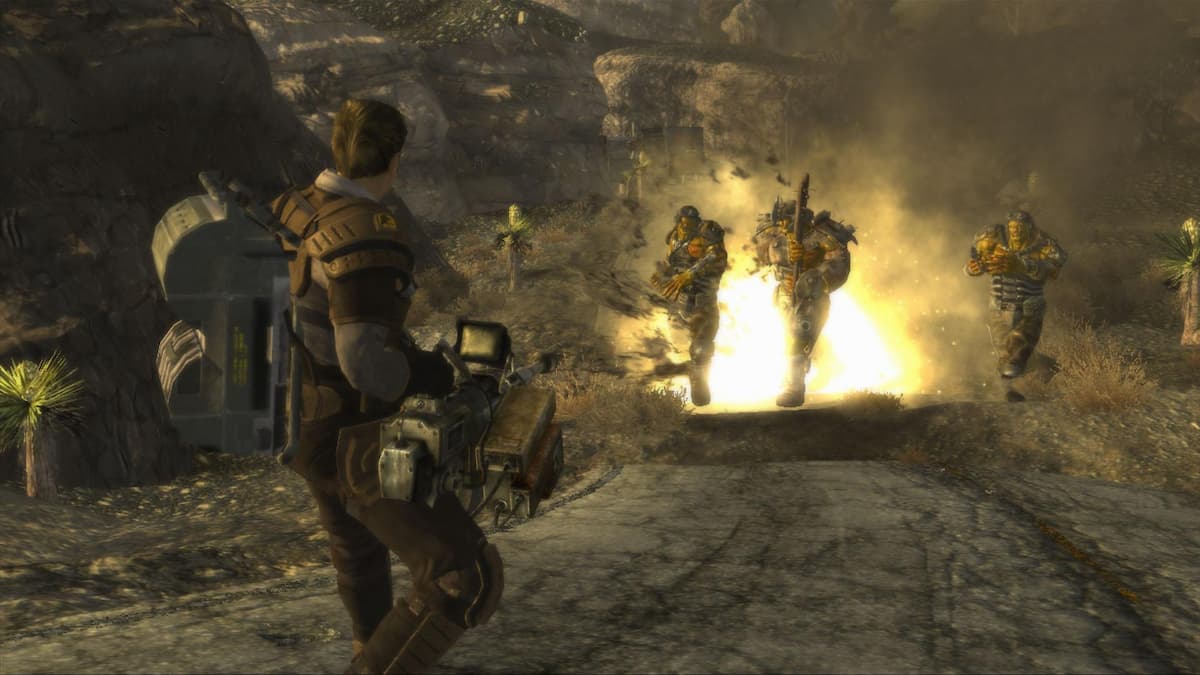
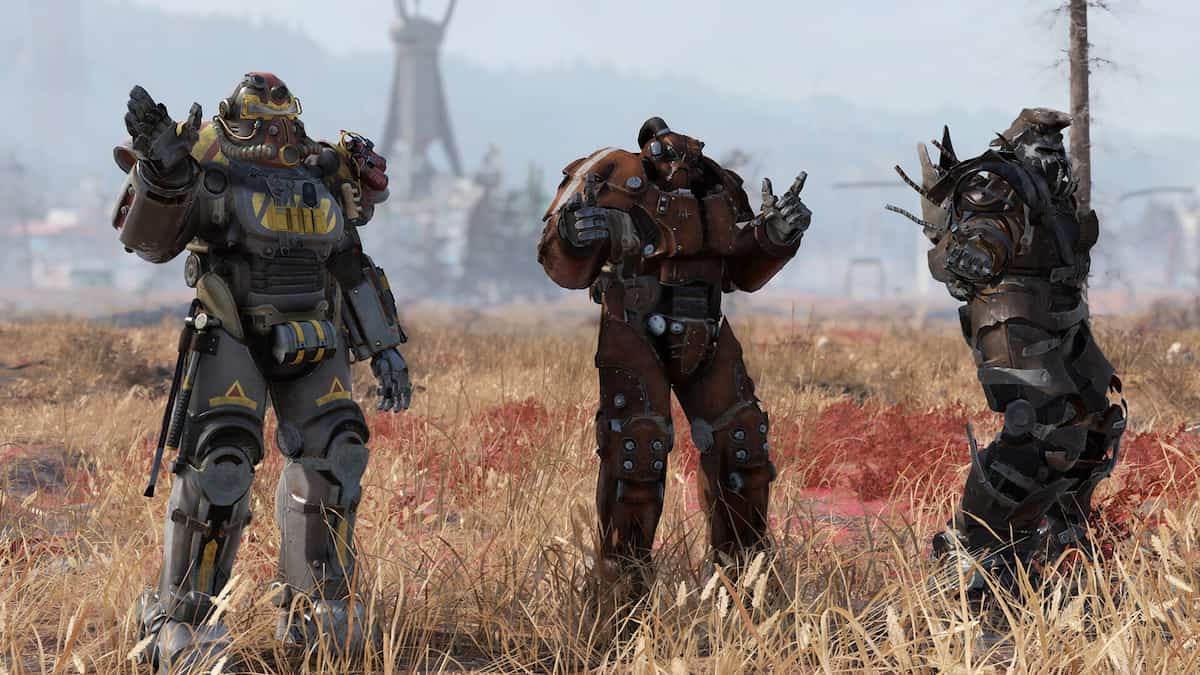
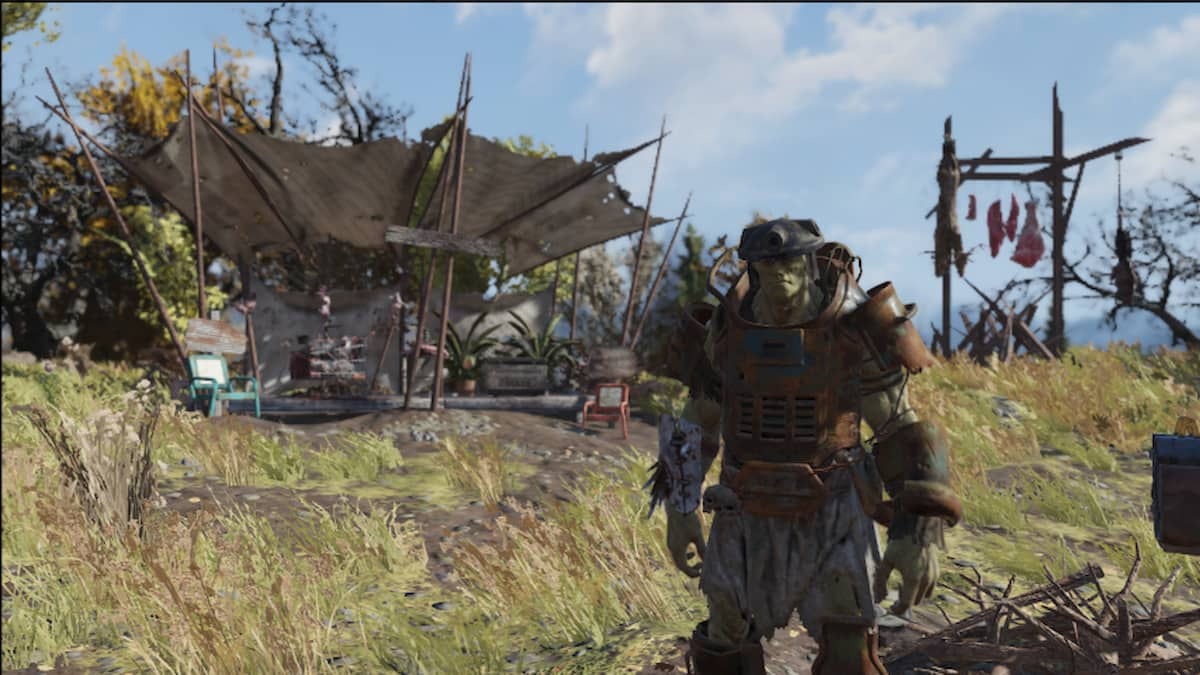

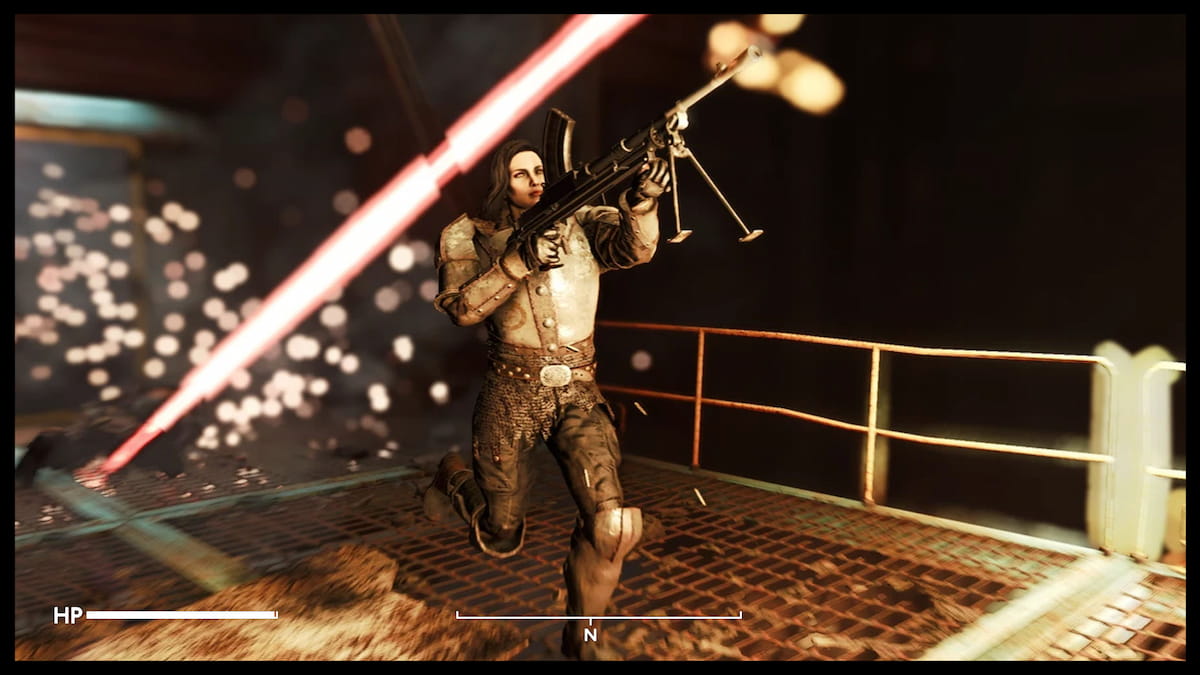
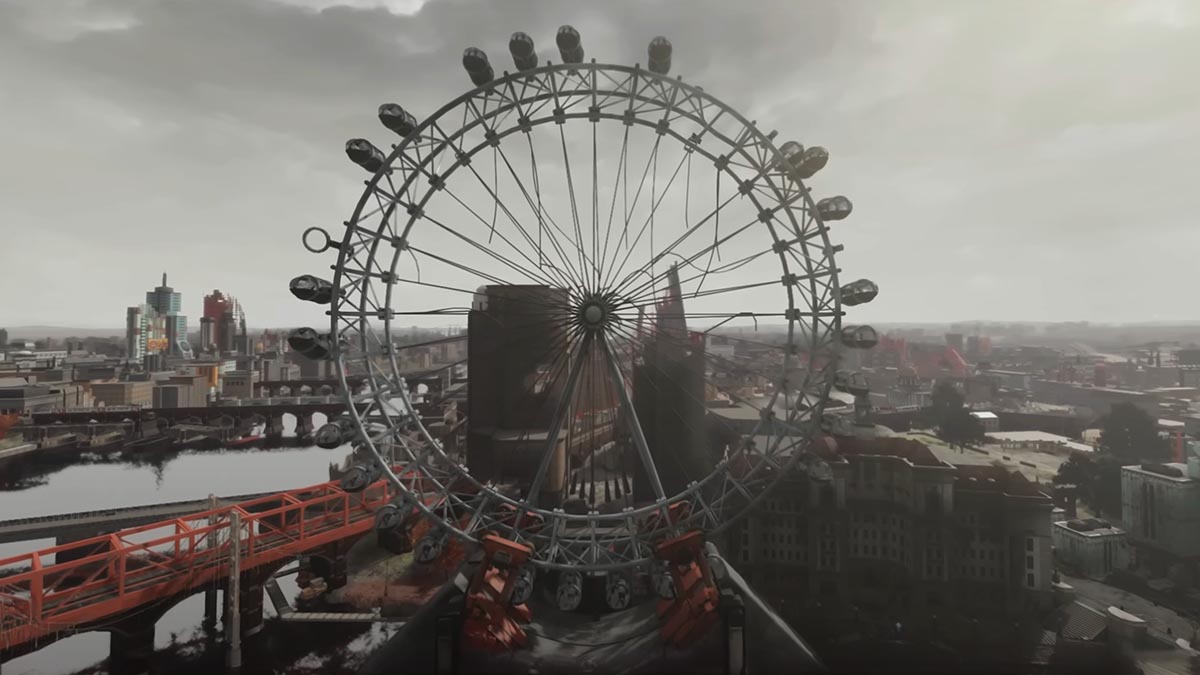
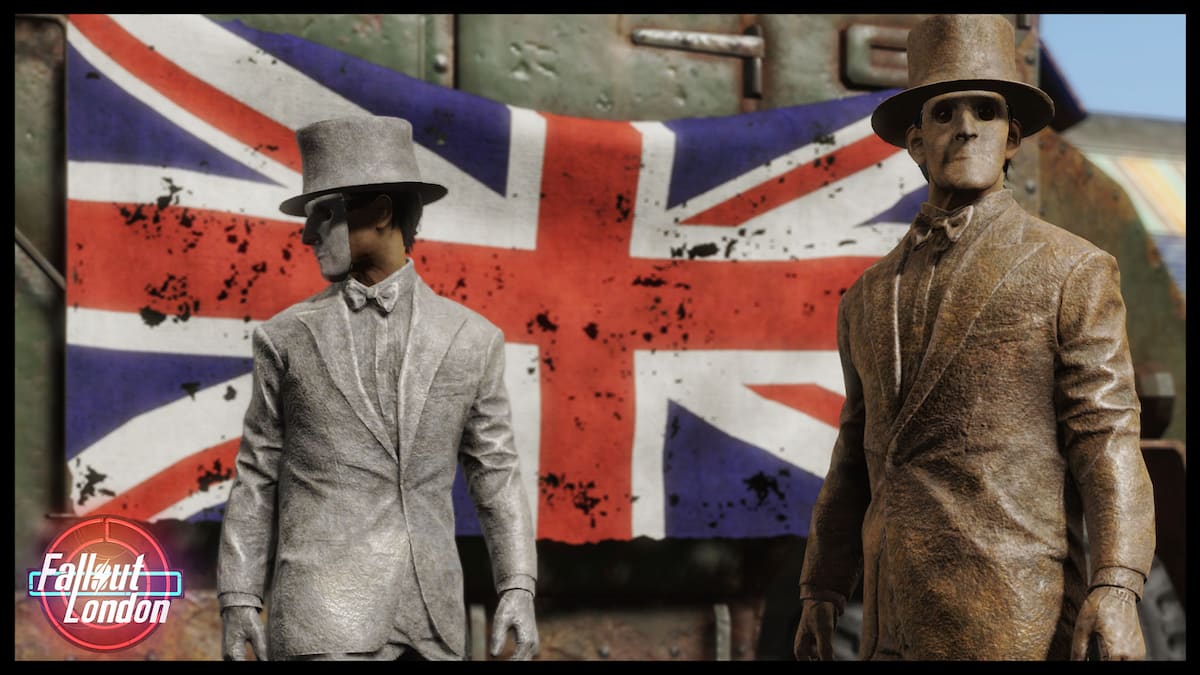
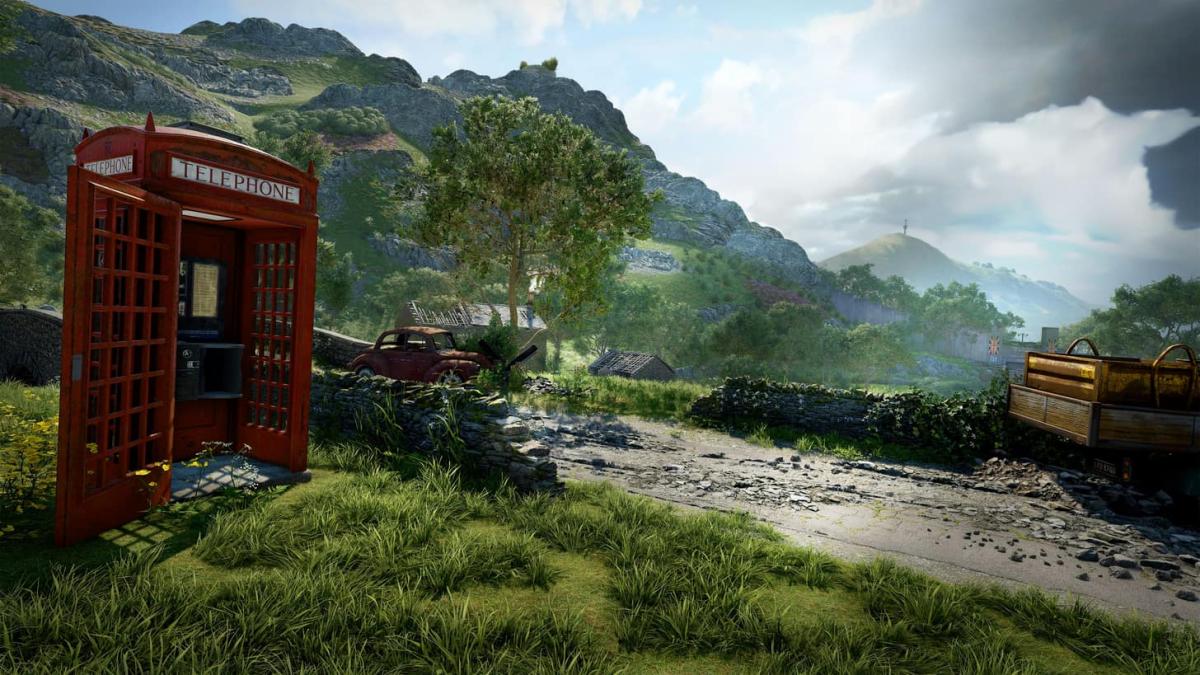
Published: Apr 14, 2024 09:59 pm